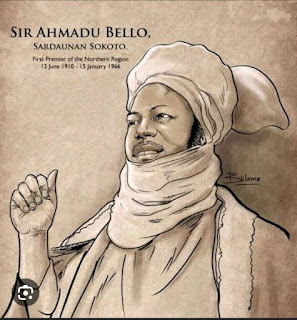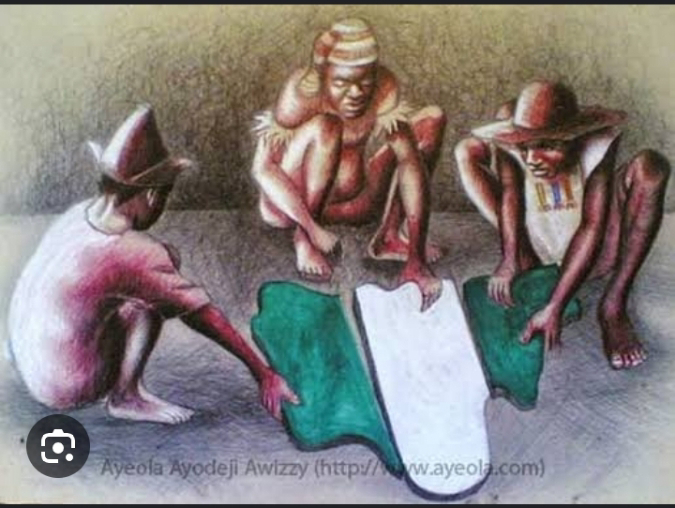The John MacPherson Constitution 1951, The First Constitution Written By Nigerians
SIR JOHN MACPHERSON
Background
The first British governor to implement ideas towards self-government was Sir Bernard Bourdillion, but his plans were put into practice by Sir Arthur Richards in 1945. The Richards constitution however was still rejected by Nigerians as Nigerians were not involved in writing the constitution.
In 1949, Sir John MacPherson succeeded Richards and learning from the experience of his predecessor, MacPherson left the formulation of the constitution in the hands of Nigerians. Preparations were made on various levels right from the grassroots; villages, towns, districts, divisions, provinces and regions. Dr. Nnamdi Azikiwe and the NCNC held meetings with members of the grassroots and listened to their opinions on self-government.
In 1951, a constitutional conference was held in Ibadan, the capital city of the then Western region. Dignitaries from all regions attended, the provincial and regional representatives include; Northern Region- Ahmadu Bello, Mallam Muhammadu Ribadu, Mallam Abubakar Tafawa Balewa, The Wali of Bornu and Shettima Kashim; The Eastern Region- Mbanu Ojike, Alvan Ikoku, Eyo Ita, Sir Francis Ibiam; Western Region- C.D Onyeama and Abu Bakr Olurun Mimba. Surprisingly though Nnamdi Azikiwe refused to attend because he believed the meeting won't lead to any radical reform.
Features
REGIONAL BOUNDARIES
There was a variety of suggestions to the size of regional units. Those in Calabar province were in favour of grouping the regions according to their historical, ethnic and cultural lines. The Onitsha province suggested language, ethnicity and economy to be used. Ijebu province preferred the three ethnic groups to each have a separate region. Bauchi, Bornu, Oyo, Ondo and the remaining provinces wished for the regions to remain the way they were.
REGIONAL REPRESENTATION IN THE CENTRAL LEGISLATURE
The question of representation brought much fear to the Southern. and Eastern delagates as the numerical population of the North was more than that of the two regions combined. The population figures are as follows; 16,072,242 for the North, 7,669,867 for the East, 6,005, 931 for the West. If representation was structured according to population the North would have over 55% of total members. But eventually the North relented to 50% while the East and West had also had 50% combined.
REVENUE ALLOCATION
As in the regional representation the North wished for revenue allocation to also be based on population, but the East and West suggested allocation to be based on the need of each region.
Eyo Ita suggested the North given a better allocation as it is the least of developed of all regions. The members did not find a solution, but revenue allocation since independence has been about 40% for the North, 33% for the East and 27% for the West.
REGIONAL AUTONOMY
The majority opinions on regional autonomy favoured making the regions strong and the center weak, but Olurun Mimba argued that strong regions and weak center basically meant three separate countries. Sir Abubakar Tafawa Balewa only agreed to strong regions as a temporary measure untill the North is as strong as the other two regions.



Comments
Post a Comment